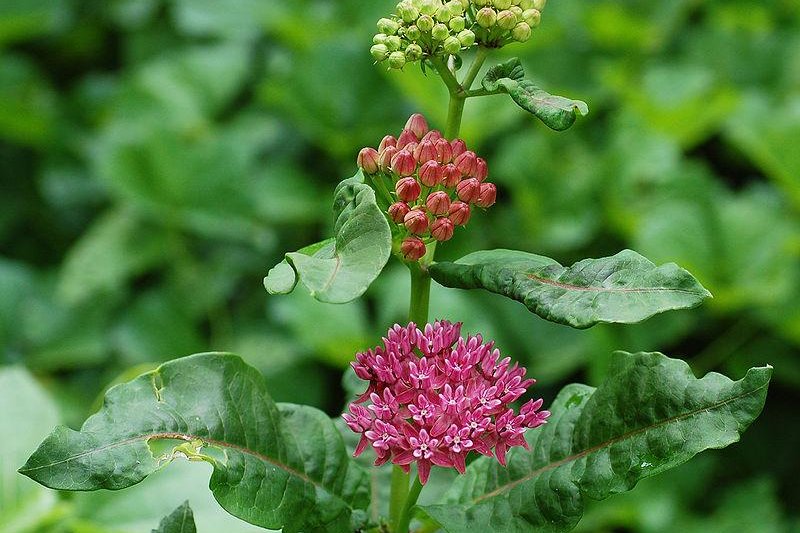Purple milkweed is one of 600 native plants found to be rare in New England. Photo by Derek Ramsey/CC
BOSTON, March 30 (UPI) -- According to a new report from the New England Wildflower Society, nearly a quarter of New England's native plant species are struggling or gone.
The organization put out its annual "State of the Plants" report on Monday, March 30. The 72-page, peer-reviewed effort includes a survey of relevant scientific literature and draws on the field observations of more than 700 volunteers and professional botanists.
After reviewing some 3,500 species , report authors conclude that 22 percent of New England's plant species are rare, in decline or extinct. Some 31 percent of the surveyed species were found to be non-native.
Purple milkweed (Asclepias purpurascens), showy lady's-slipper (Cypripedium reginae) and white Mountain avens (Geum peckii) are just three of the more than 600 native plants designated rare in the latest report.
"There are a number of plants that are threatening plants throughout the region," ecologist Elizabeth Farnsworth, one of the authors of the report, told Vermont Public Radio. "And some plants are threatened by multiple sorts of factors."
As always, habitat loss is one of the biggest threats to rare plants. Habitat loss is the result of various types of human activity, whether it's building dams, clearing forests, converting fields to farms or even clearing brush as part of forest fire prevention efforts.
Invasive insects are also problematic for a number of plants. Several species of plants, researchers report, are struggling as pollinator populations decline.
"Most of the threats to plants work together to impair entire ecological systems," researchers wrote in the report, "and the threats are prevalent across the landscape."
The authors say there's no shortage of ideas for encouraging conservation and mitigating the threats to rare plants. What's missing is political willpower and urgency.
"It is clear that we need to reduce, mitigate, or reverse these threats," the report writers conclude, "to preserve the ability of plants and plant communities to adapt and to weather a changing climate."















